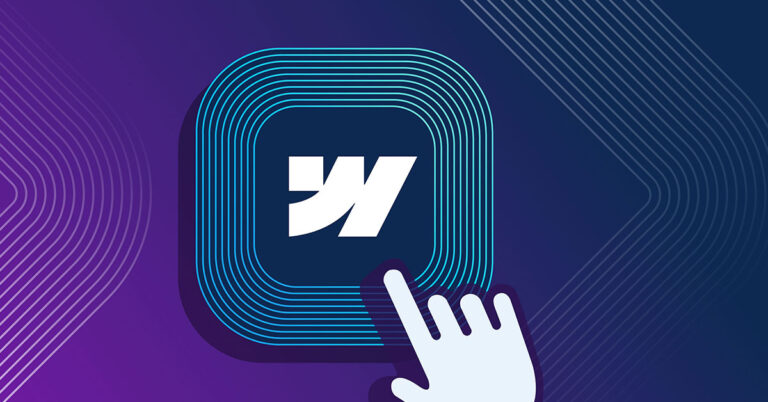Everything is uncertain right now. What started with the cancellation of big events rapidly became the shutdown of schools, restaurants, and even beaches. Mandatory work from home policies have changed how we do our jobs, while in many places, shelter-in-place policies mean almost everything must take place at home.
It’s a lot to take on and to take in because it is a big change.
But, if we can step back, we can see that while things are definitely different, we already have the experience to handle a lot of this. Most of us already work with distributed workforces, and have tools such as video conferencing and cloud-based infrastructure for file and app sharing. The rapid transition to a 100% distributed model is an opportunity to do that better, to create policies and processes that help the people in your company be more connected and productive when they’re not in the office. To this end, LinkedIn, amongst others, is offering its full series of professional development courses focused on working remotely for free.
For those of us who are heavily dependent on events for demand gen, things feel especially uncertain right now. Garnering up to 30% of marketing budgets and figuring heavily into quarterly goals, events are the glittering darlings of most marketing strategies. After months of planning and preparation, a canceled event can seem like an impossible hole to fill.
It’s easy to forget in the middle of event season that events are, in fact, seasonal. What if we think about this time as similar to summer or winter—when there are relatively few, if any live events? During those times, we increase reliance on webinars, content syndication, publisher programs and other digital tactics. We can fill that hole because we already have a blueprint for how to market when there aren’t any events.
How does that help you recuperate months of lost work, or budget spent? It doesn’t. The loss of this core channel will have an impact on the size and velocity of our sales pipelines.
But we also see an opportunity to inject new creativity into our digital approaches. As we are all more isolated in our homes, digital connectivity is no longer a convenience but a necessity. We have both an obligation and an opportunity to evolve our digital approaches to be more human and connective than ever.
Live events have always been the key mechanism for businesses to make that human connection. During this hiatus, doubling down on digital media or converting your exhibitor materials into a webinar is a good start, but it’s not enough. Exhibitors and organizations go into events looking to accelerate their pipelines. People go to events to share ideas, build relationships, and come back energized and prepared to do their jobs better and grow their companies.
As you look to virtual events as a substitute, keep these questions in mind:
- Can you give virtual attendees more direct access to industry leaders than they might have gotten at the live event? Think specialized virtual sessions or try using a tool like Slido to crowdsource questions and make sure speakers are addressing the topics your audience is most interested in.
- How can you recreate the energy and excitement around keynotes and product announcements? Can you put together a virtual event kit, home office-focused e-swag, or clever digital packaging to distinguish your event collateral from your regular downloads?
- How can you make attendees feel like they are in this together? Consider a virtual lunch-and-learn where everyone is invited to eat lunch “together” while you present. Sending attendees a giftcard to a local restaurant or a pint of ice cream can be a fun touch, but it’s the shared experience of eating together, despite being geographically separate, that will be most memorable. You can lean into that more by having attendees share what they’re eating or all crack open their dessert at the same time.
- How can you foster a one-on-one relationship between your company and attendees? Fireside chats and office hours are two ways to make conversations available without getting overwhelmed.
- How can you help attendees navigate the experience, so they don’t miss out on opportunities to connect? For example, chatbots and website personalization can be great for stitching together the various pieces of an online experience, helping attendees register for your session, find office hours, or access resources.
Over the past weeks, I’ve been talking to a lot of customers and peers about how we’re going to move forward from COVID-19. While we don’t know how long this will last, we can be certain that it will end. And when it does, the strongest companies will be the ones that have been taking care of their people—employees and customers—and preparing for the next stage.
Let’s use this time to become better marketers, so that we can all emerge more connected and ready to grow when things pick up again. Among all the things we can’t control right now, here are some things we can:
- Look at all of our marketing tactics with an eye to, “How can we use this to connect better with the people in our orbit?”
- Build or grow alignment between sales and marketing.
- Strengthen relationships with our customers and partners.
- Fill in gaps in the martech stack.
There’s no doubt this is a time of crisis. We can be paralyzed by it or we can focus on what we can control based on core human values. We choose the latter.



